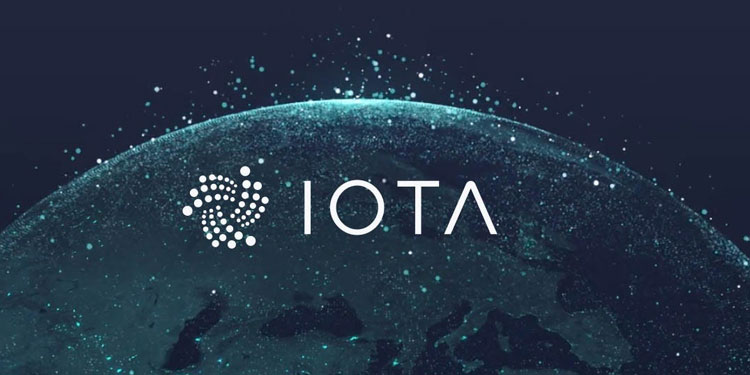
MicroHash- IOTA’s first live smart contract
MicroHash, the primary smart contract on IOTA’s Tangle, is functional at this moment. It is the earliest smart contract which is created and deployed on the 4th layer of IOTA’s complex smart contract system.
Tangle is the word used to explain IOTA’s directed acyclic graph (DAG) based transaction settlement and data integrity layer focused on the Internet-of-Things (IoT).
According to IOTA’s medium post, the four layers on which the smart contract is placed are as follows:
- 1st Layer: IOTA (data transmission, data integrity, data persistence)
- 2nd Layer: Qubic Lite (quorum consensus framework on top of IOTA)
- 3rd Layer: TOQEN (qApp on Qubic Lite; simulates a token blockchain)
- 4th Layer: MicroHash (smart contract on TOQEN protocol)
The IOTA Foundation has said that Qubic will facilitate smart contracts, but has not yet indicated how this will be accomplished technically. All we know presently is the execution concept for decentralized computing. Unfortunately, for smart contracts you cannot simply employ the IOTA token straightaway because it would necessitate changes to the IOTA main protocol that accept us to freeze IOTAs.
So, having a first smart contract operational on the Tangle is not insignificant at all — and the rationale for building three extra layers on top of IOTA is to enable this happen.
IOTA’s smart contract structure based on Qubic and TOQEN
The layer structure of IOTA smart contract almost resembles as shown in the image below:
These layers are one of the several parts in IOTA’s roadmap as IOTA was not basically designed to support smart contracts. The IOTA Foundation has openly expressed that smart contracts will not receive a place in IOTA core, but will be offered as a layer on top.
Qubic and TOQEN
In particular, Qubic is a protocol that indicates IOTA’s answer for quorum-based computations, including builds such as smart contracts, oracle machines and outsourced computations.
Qubic gives general-purpose, permissionless, cloud- or fog-based, multiprocessing abilities on IOTA’s Tangle. In the future, Qubic will permit users to make use of world-wide idle computing capacity for countless computational requirements, while assisting to safe guard IOTA’s Tangle: an IOTA-based global supercomputer.
Qubic as indicated is not a straightforward smart contract. It can be called as decentralized computing. A smart contract is an obligatory decentralized digital contract that reins an asset (e.g. a token). “Asset” is the watchword here, and the reason why smart contracts are more progressive and go further than pure computations. TOQEN, on the other hand, is a third layer Cryptocurrency that brings Smart Contracts to Iota.
As the indigenous IOTA token does not assist smart contracts, it was essential to build an independent token on top of the Tangle for this function. This is the rationale for the creation of TOQEN. It’s essentially a blockchain having its native token (TQN). Per IOTA’s media release:
“Once value transactions were live in the TOQEN network, enabling smart contracts was actually super easy. Nothing more was required than to simply allow qubics to hold TQN. Since qubics are decentralized consensus-based entities, their TQN holdings themselves are subject to consensus. This is basically the definition of a smart contract.”
Therefore, the launch of Microhash is expected to pave way for more smart contracts to be deployed on IOTA’s blockchain and its related layers. The possibility of launching smart contract means that Ethereum now has one more competitor in its sphere of dominance.